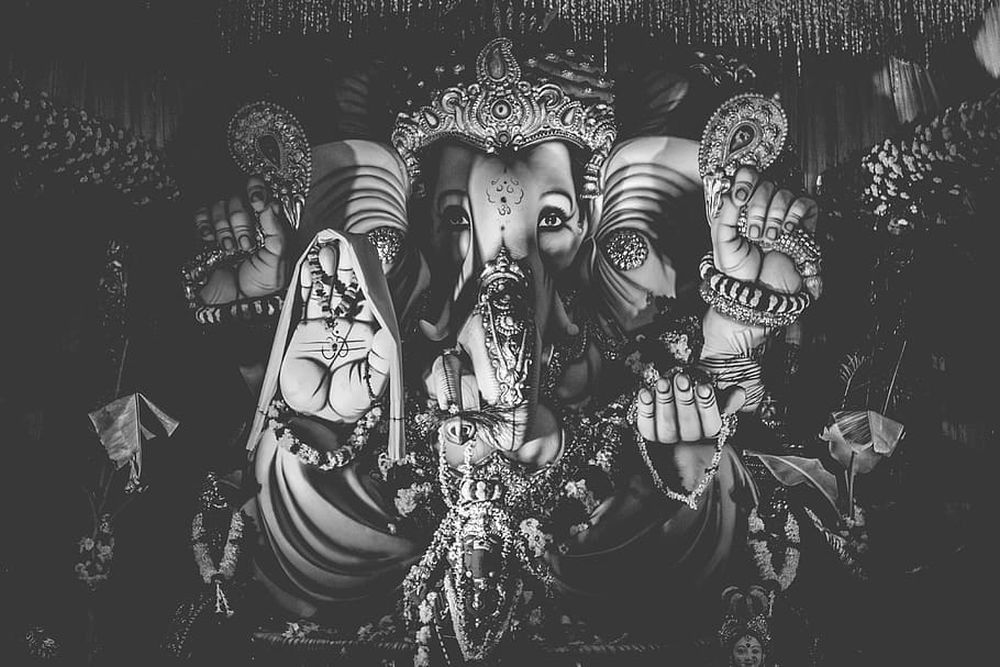Ganesh Chaturthi, a vibrant Hindu festival held in September, marks the birth of Lord Ganesha, the elephant-headed deity of wisdom and prosperity. The festival, which spans ten days, is celebrated with immense devotion across India, especially in Maharashtra. Families bring home intricately crafted Ganesha idols, worship them with rituals, and seek blessings for a prosperous life, free from obstacles.

Public celebrations are even grander, with local communities, or ‘mandals,’ setting up massive pandals (temporary structures) to house enormous Ganesha statues. These pandals are often adorned with colorful decorations, and serve as hubs for cultural events, dance performances, and community activities. People from all walks of life come together to partake in the festivities, fostering unity and joy.

The festival is also a time for creativity and artistry. Idol-makers spend months crafting elaborate clay statues of Ganesha, which are eventually immersed in water as part of the visarjan (immersion) ritual. This symbolizes the cycle of creation and dissolution, reminding devotees of life’s impermanence while spreading environmental awareness, as eco-friendly idols have become a growing trend.

Ganesh Chaturthi culminates in grand processions as devotees carry Ganesha idols to rivers or seas for immersion. Accompanied by rhythmic drums, dancing, and chanting, these processions embody the collective devotion of the community. As the festival draws to a close, it leaves behind a sense of spiritual renewal and anticipation for the return of Lord Ganesha the following year.

#GaneshChaturthi #LordGanesha #HinduFestivals #IndianTraditions #CommunitySpirit #EcoFriendlyCelebration #CulturalUnity #FestivalOfFaith #Visarjan #IndianCulture
